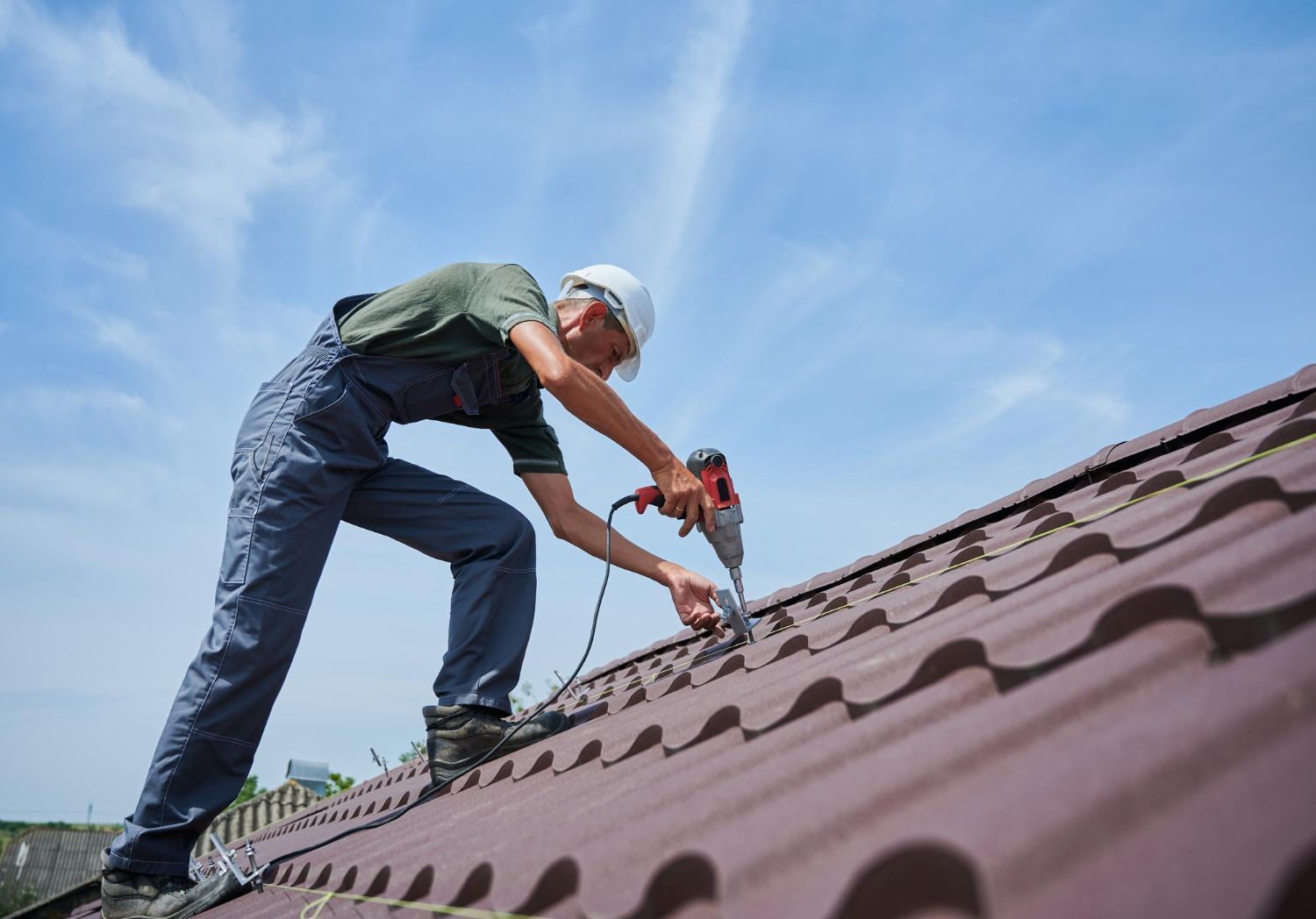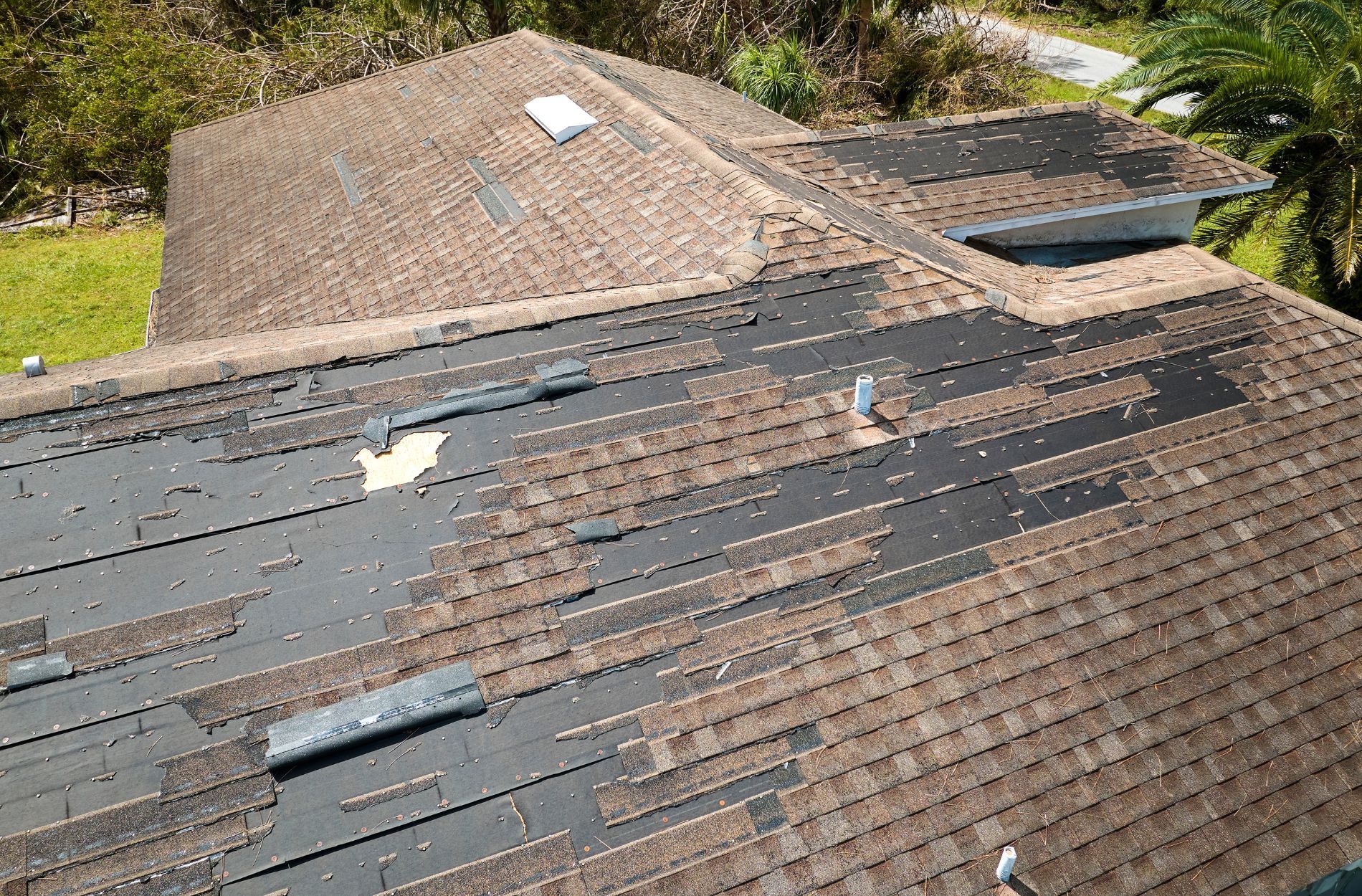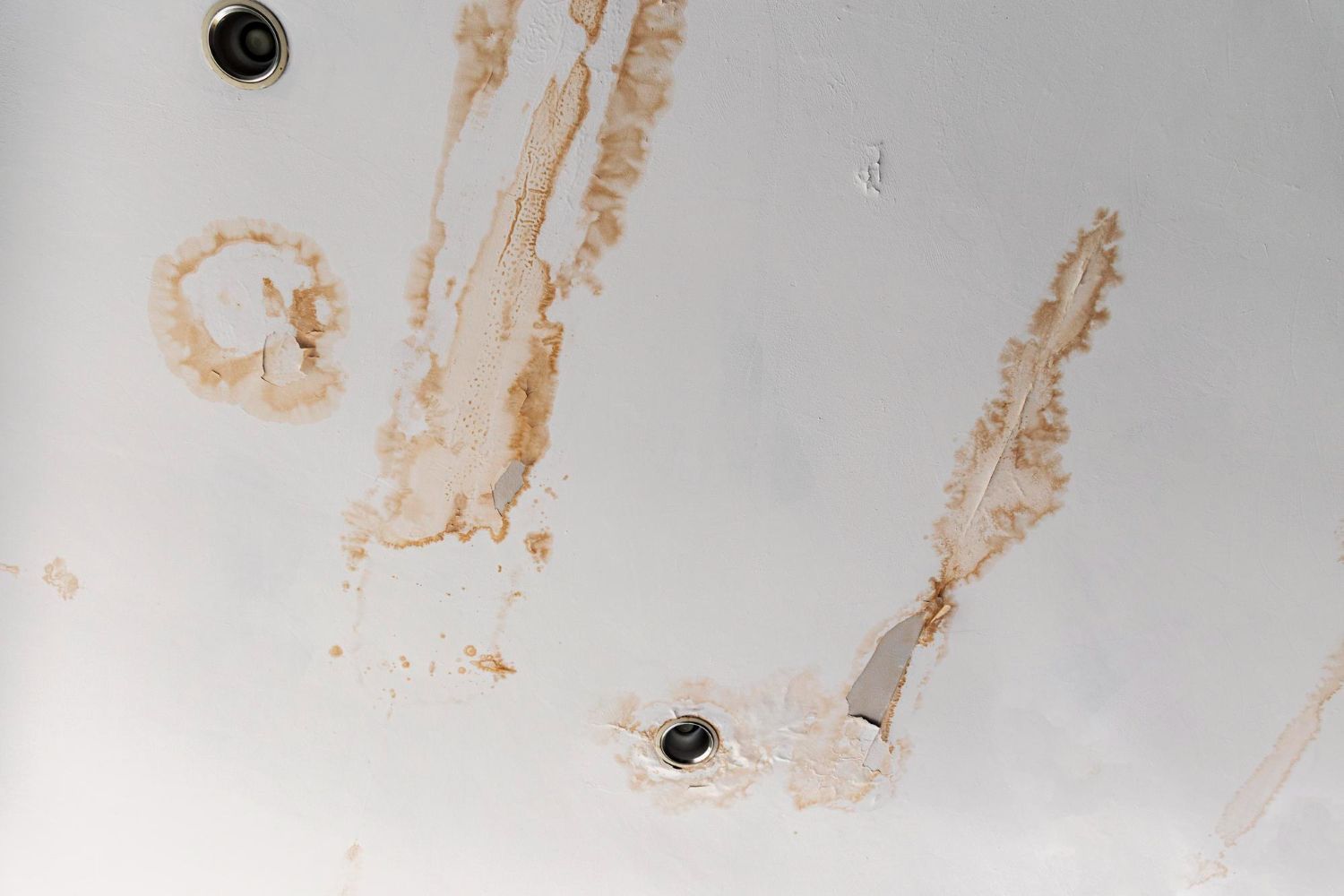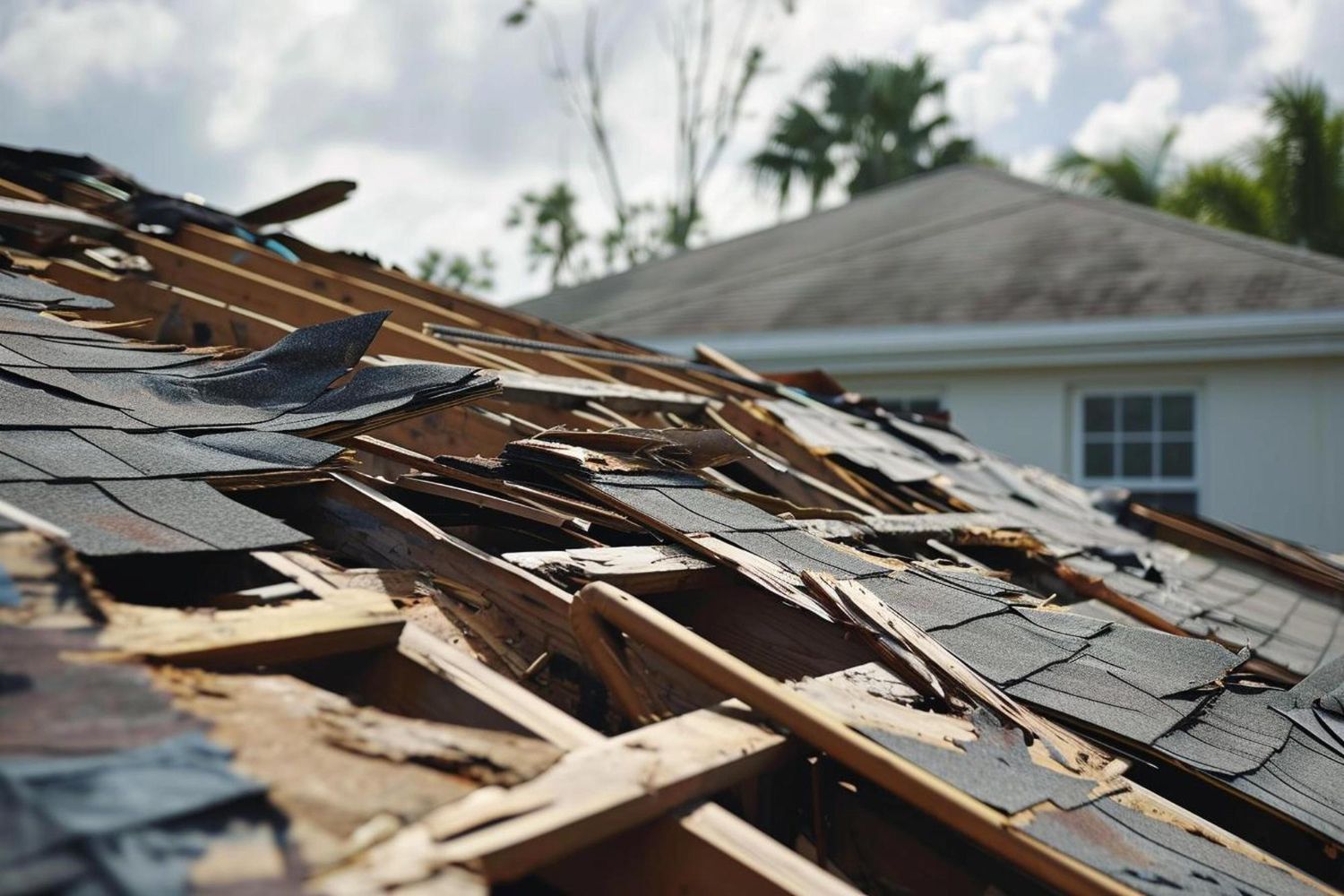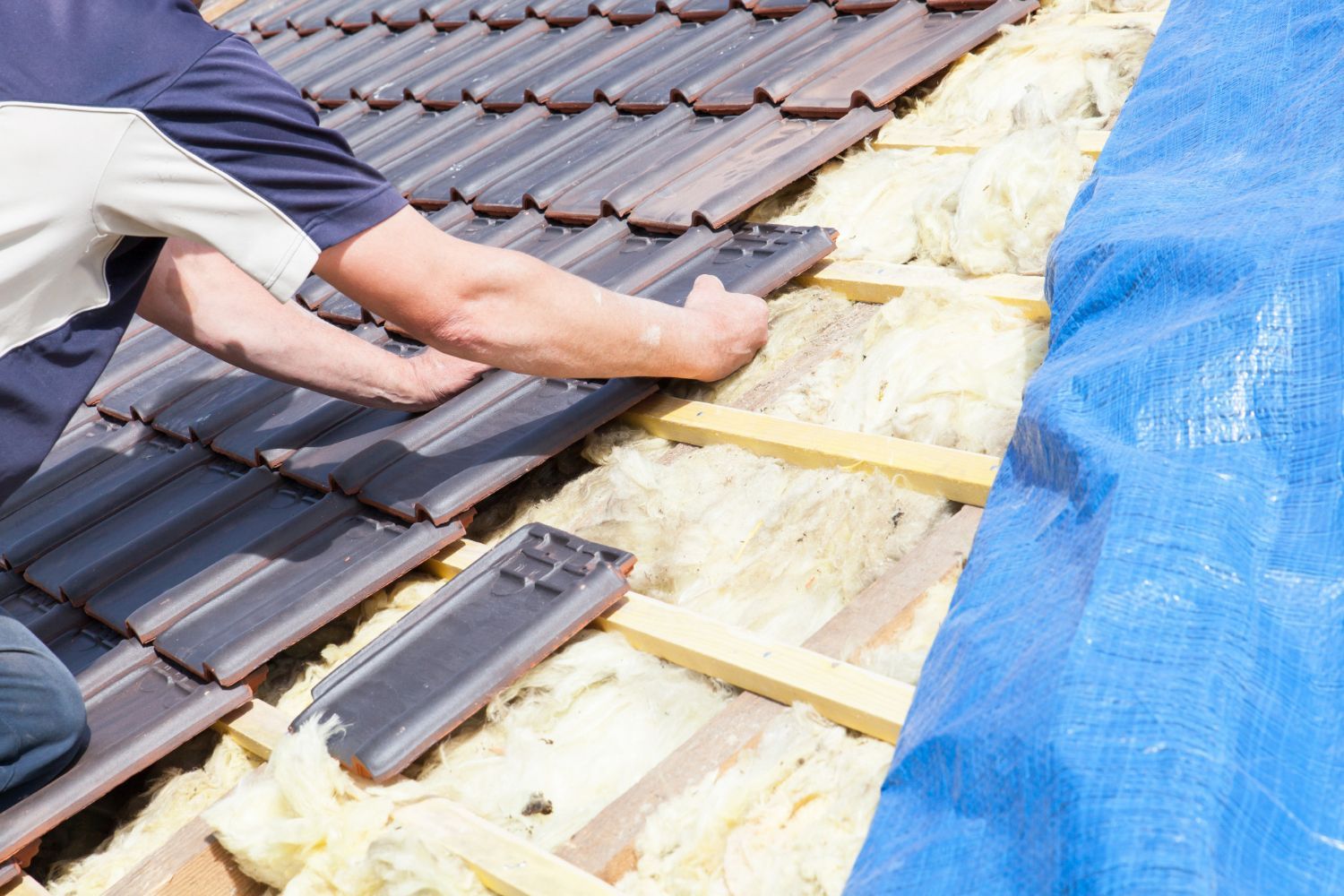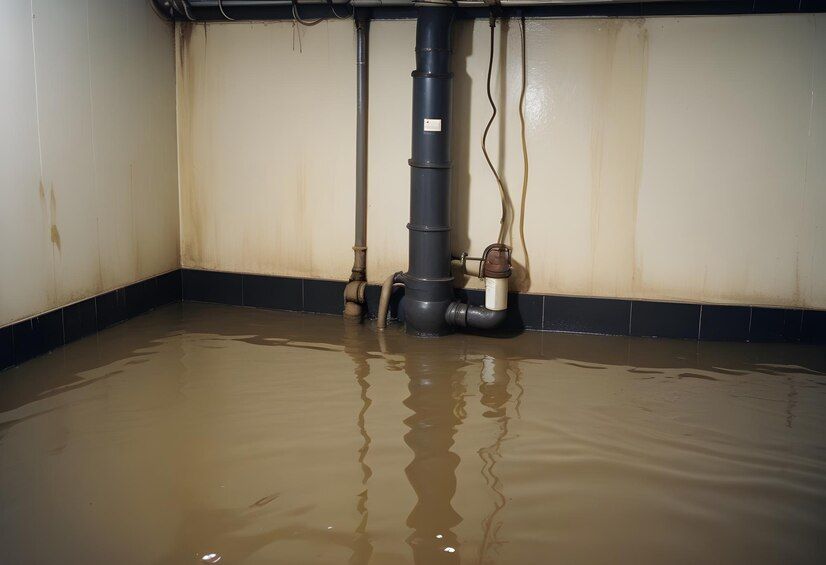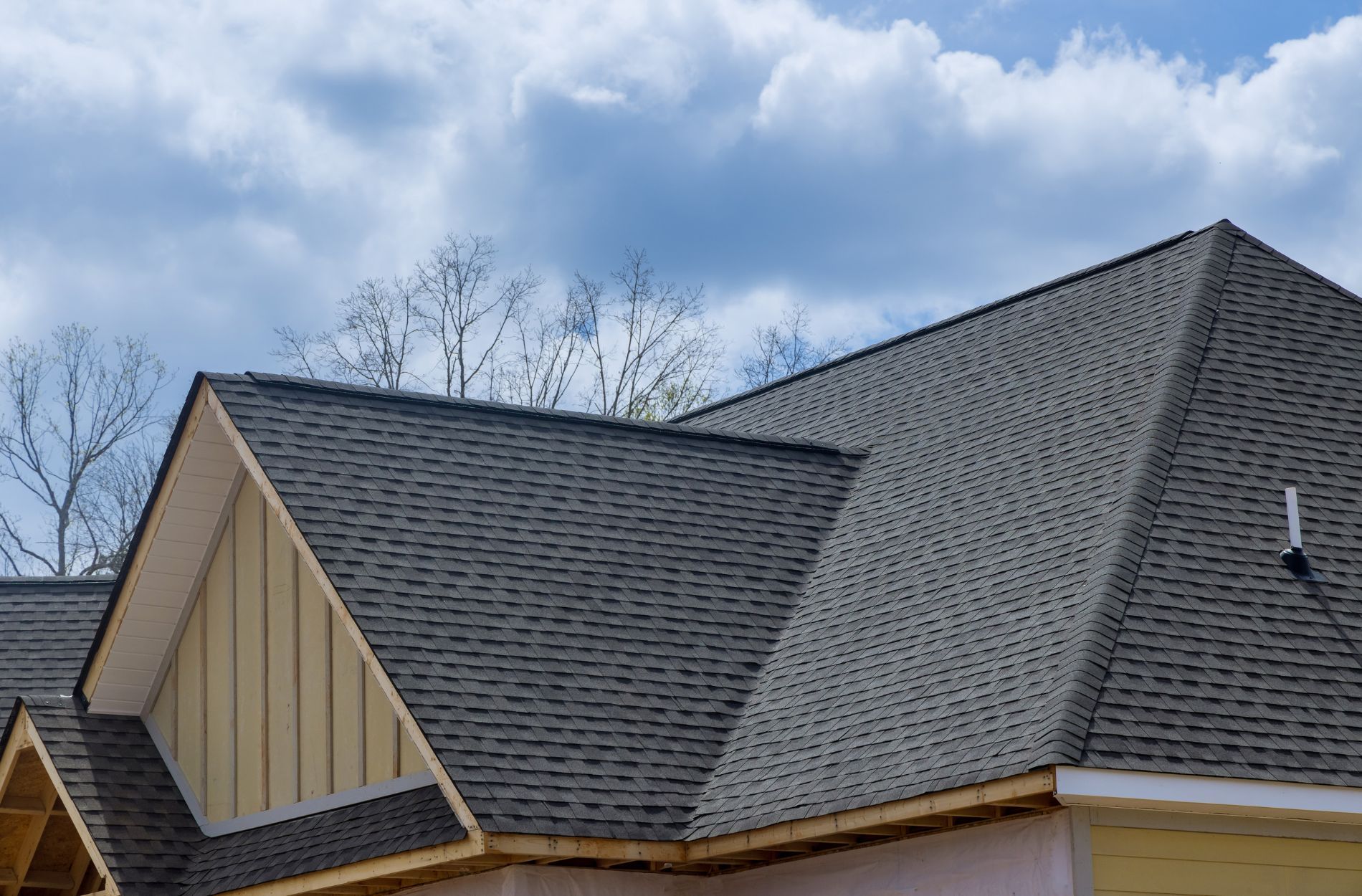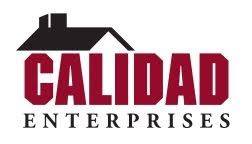Guide to Choosing the Right Roofing Materials for Your Property
A well-chosen roofing system is crucial for the longevity, protection, and curb appeal of your commercial or residential property. With many roofing materials available in the market, it can be daunting to pinpoint the right one for your specific needs and requirements. Whether you are constructing a new building, replacing an aging roof, or remodeling your property, selecting the most suitable roofing materials is an essential step.
In this comprehensive guide, we will walk you through the various roofing options, their advantages and disadvantages, and key factors to consider when making your decision to ensure your investment is well-protected and your property looks its best.
The choice of roofing materials should take into account several important criteria, including:
1. Aesthetics: The appearance of the roofing material you choose should complement the architectural style of your property and contribute to its overall aesthetic appeal.
2. Durability: The longevity and durability of your chosen roofing material are vital to ensuring a dependable, long-lasting roofing system. The material should be able to withstand the particular climate and weather conditions in your region.
3. Energy Efficiency: Select a roofing material that improves your property's energy efficiency by reducing heat transfer and maintaining comfortable interior temperatures.
4. Maintenance Requirements: The amount of maintenance the roofing material demands should align with your willingness and ability to manage ongoing upkeep.
5. Budget: Finally, the cost of materials and installation should fit within your budget while also providing the necessary return on investment in terms of durability, performance, and longevity.
By understanding these key factors and working with an experienced roofing, remodeling, and restoration company, you can confidently navigate the process of selecting the perfect roofing material for your unique property needs. In the following sections, we will dive deeper into the various options and their specific attributes to aid you in making an informed decision.
Popular Roofing Material Options and Their Features
To make an informed decision on the ideal roofing material for your property, let's explore some of the most popular options and their key features:
1. Asphalt Shingles: Asphalt shingles are the most common roofing material for residential properties, known for their affordability, simple installation, and wide range of design options. However, their durability is moderate compared to other materials, with a typical lifespan of 15-30 years.
2. Metal Roofing: Metal is a long-lasting and energy-efficient option suitable for both commercial and residential properties. Metal roofing systems are resistant to fire, wind, and hail, with lifespans of up to 50 years or more. Initial costs can be higher than other materials, but their low maintenance and durable nature justify the investment.
3. Tile Roofing: Made from clay, concrete, or slate, tile roofing offers a classic, elegant appearance and exceptional longevity. With a lifespan of up to 100 years, tile roofs are highly durable and fire-resistant but can be more expensive to install and maintain due to their weight and complexity.
4. Flat Roofing Systems: Popular in commercial buildings and modern residential designs, flat roofs come in various materials, including built-up roofs (BUR), modified bitumen, and single-ply membranes such as TPO, EPDM, and PVC. Flat roofing systems offer unique design possibilities and can be energy-efficient; however, proper installation and maintenance are crucial to prevent water damage and other issues.
Assessing Climate and Weather Factors
The climate and weather conditions in your area play a significant role in determining the appropriate roofing material for your property. Consider the following factors when evaluating your options:
1. Temperature: Extreme temperatures can cause materials to expand, contract, crack, or warp over time. Metal and slate roofing, for example, can better withstand temperature fluctuations compared to asphalt shingles.
2. Wind and Storms: Wind-resistant materials such as metal and certain flat roofing systems can provide long-term protection and minimize the risk of damage during storms.
3. Snow and Ice: In cold climates, it's important to choose roofing materials that can effectively manage snow and ice accumulation. Metal and steeply-pitched roofs can help prevent ice dams and facilitate snow shedding.
4. Sun Exposure: Prolonged exposure to UV rays can cause roofing materials to break down over time. Those with UV-resistant properties, such as metal and tile, can better withstand sun damage.
Evaluating Maintenance and Repair Needs
Different roofing materials have varying maintenance and repair requirements, which should be considered when weighing the pros and cons of each option:
1. Asphalt Shingles: While they are relatively low-maintenance, periodic shingle replacement and inspections are necessary to address issues like granule loss, curling, and deteriorating adhesives.
2. Metal Roofing: Metal roofs are low-maintenance, requiring only occasional cleaning, inspections, and painting to maintain their appearance and performance.
3. Tile Roofing: Tile roofing systems demand regular professional inspections to ensure proper weight distribution and structural integrity. Damaged or cracked tiles must be replaced promptly to prevent water penetration.
4. Flat Roofing Systems: Flat roofs require thorough maintenance, including regular inspections, cleaning, and re-coating or sealing on some materials to prevent potential leaks and water damage.
Incorporating Sustainability and Eco-Friendly Considerations
As environmental awareness grows, many property owners are seeking eco-friendly roofing material alternatives that balance performance and sustainability:
1. Solar Roof Tiles: Solar tiles integrate energy-generating photovoltaic cells, behaving like traditional roof tiles while producing power effectively.
2. Green Roofs: Green or "living" roofs, covered with plants and vegetation, provide additional insulation and help absorb rainwater, reducing runoff and improving energy efficiency.
3. Recycled Roofing Materials: Sustainable roofing options include recycled asphalt shingles or metal roofing made from recycled materials, providing an environmentally friendly choice without compromising durability.
4. Cool Roofs: Highly reflective roofing materials can minimize heat absorption and help reduce your property's energy consumption. Cool roofs are available in various materials, such as metal, tile, and specially coated membranes for flat roofing systems.
Make an Informed Decision with Expert Guidance
Investing time and effort in selecting the appropriate roofing materials for your property is a crucial step toward ensuring durability, performance, and curb appeal. By carefully evaluating factors such as aesthetics, climate, maintenance, budget, and sustainability, you can make an informed decision that matches your specific requirements.
Collaborate with an experienced
roofing, remodeling, and restoration company like Calidad Enterprises to further guide you through the process and provide valuable recommendations tailored to your unique needs. Take the first step in securing your investment and achieving the perfect roof for your property by partnering with industry experts who understand your goals and have the experience and knowledge to help you succeed.


